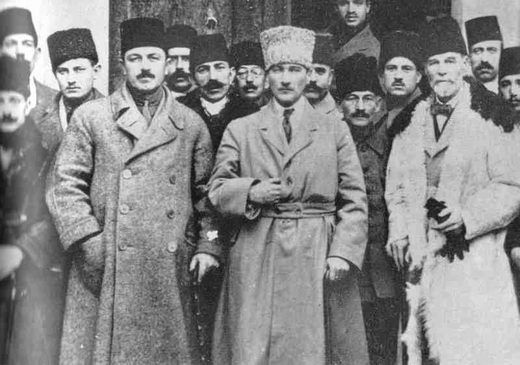
The Young Turks, revolutionary movement at the end of the Ottoman period, and 'vanguard' of the modern state of Turkey
Most readers interested in Jewish history know something about the
conversos, the Spanish and Portuguese Jews forced to convert to Christianity in the fourteenth and fifteenth centuries. In recent decades, historians have come to see their story not just as a tragic or heroic one—an affair of Jews forced to give up their faith, or contriving to remain faithful in secret—but as an important episode in the evolution of the modern world. Yirmiyahu Yovel argued last year in
The Other Within: The Marranos that these "New Christians" were the first large group in European history to be effectively post-religious—free to define the world and its meaning for themselves, instead of accepting the definitions of rabbinic Judaism or medieval Catholicism.
That Spinoza and Montaigne, those skeptical modern minds, were both descendants of conversos, and that New Christians played a major role in the economy of the New World, is seen as evidence that these Jewish converts helped to invent the secular world we live in.Much less is known, however, about a later, smaller, but perhaps even more intriguing group of Jewish converts, who emerged in the Ottoman empire in the late seventeenth century. They were followers of the arch-heretic Sabbatai Zevi, who proclaimed himself the Messiah and set about abolishing major Jewish laws and customs. Despite, or because of, the blasphemous nature of his innovations—for instance, he declared that Tisha B'Av, the greatest day of mourning in the Jewish calendar, would henceforth be a day of celebration—Zevi attracted a large following across the Jewish world. But in 1666, Zevi was arrested by the Ottoman authorities and given the choice of converting to Islam or being executed. When he chose to convert, he left thousands of disillusioned believers behind him. Glückel of Hameln, the author of a famous autobiography, compared the experience to being pregnant for nine months, and then, instead of giving birth, only breaking wind.
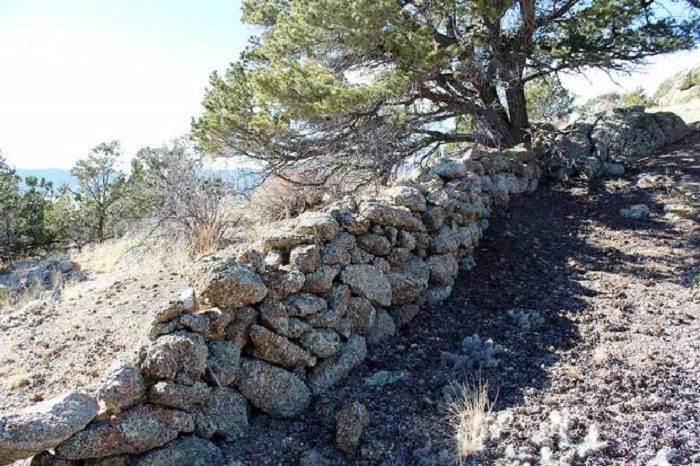
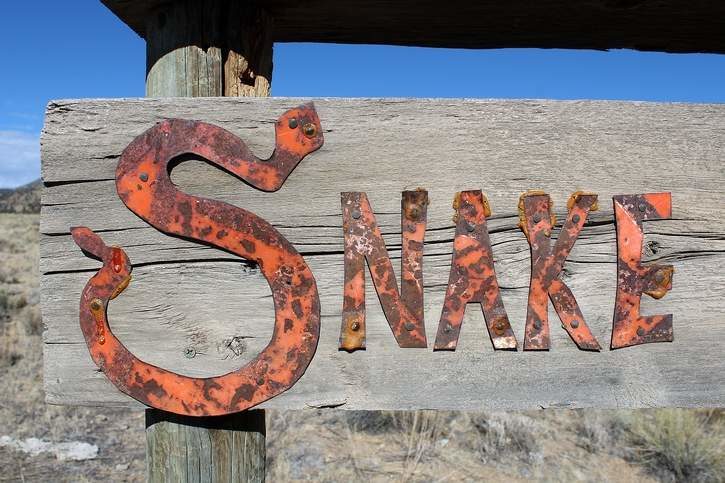
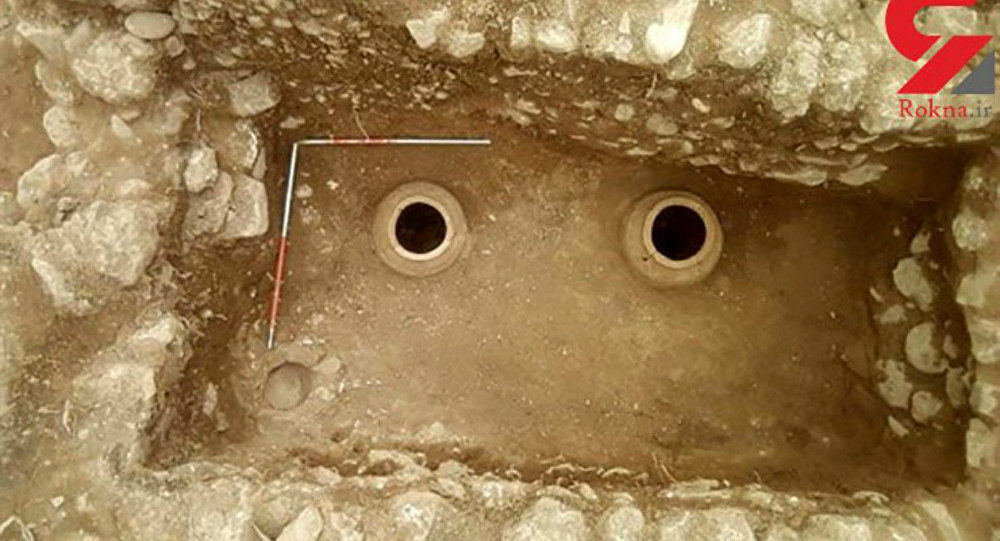
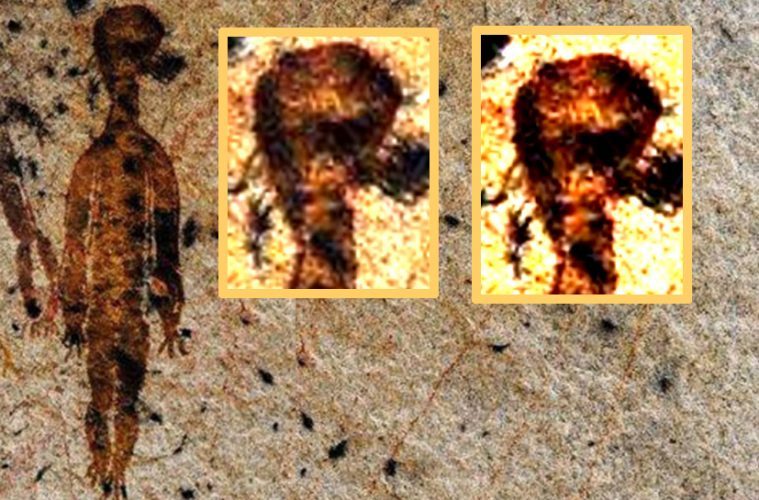

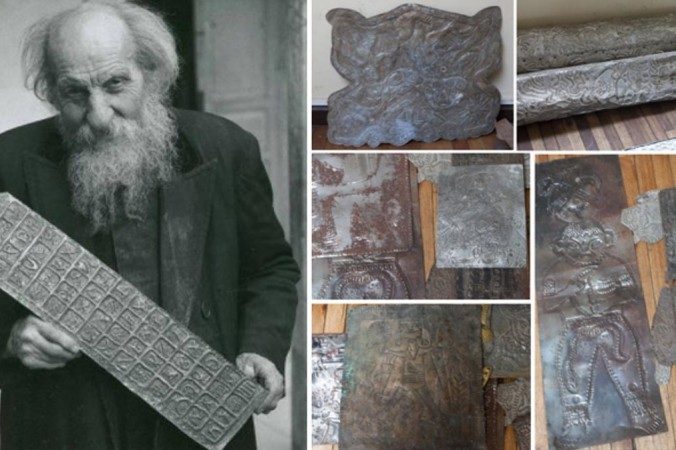
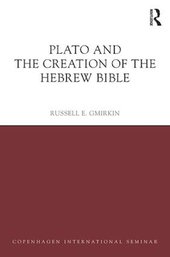
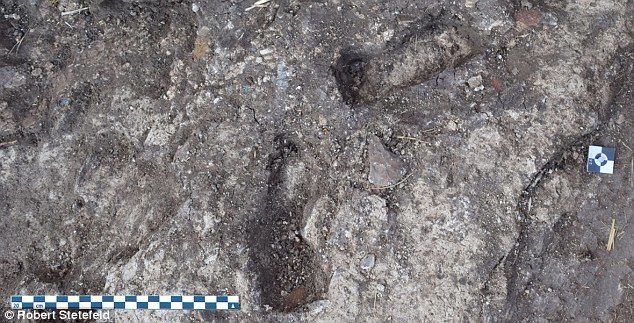






Comment: For more on ancient art depicting extraterrestrials and UFO's.